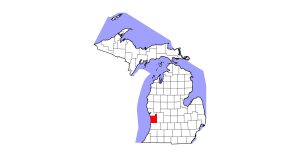A Day in the Life of an Equine Veterinary Technician

Ali’s dream job involves clinic cases, farm calls, and foal watch
When I found out I would be writing an article about what a day is like in my profession, I wanted to start my story with a poignant childhood moment that determined my course in life. But there isn’t one; my story starts out like so many of yours. As a young girl, I would spend hours in my room daydreaming about owning a beautiful white horse I could decorate with daisy chains. And you can bet that any stray cat, dog—anything—in the neighborhood ended up at my house. As soon as I found out that animal doctors were a real thing, I was determined to become one.
Throughout my teens, I was active in both my local 4-H and Future Farmers of America chapters and showed various animals at the county fair. At age 16, my dreams came true, and I got my first horse, a white and sorrel paint gelding named “Sport.” The more time I spent with him, the more I knew that horses weren’t just a phase—they were going to be a part of the rest of my life.
After graduating high school, I combined my love of education with my love of animals and attended the University of California, Davis, as an Animal Science Major with a focus on Equine Sciences. My four years there taught me much more than I could have imagined TheHorse.com is home to thousands of free articles about horse health care. In order to access some of our exclusive free content, you must be signed into TheHorse.com. Already have an account?Create a free account with TheHorse.com to view this content.
Start your free account today!
and continue reading.
Written by:
Ali Harman
Related Articles
Stay on top of the most recent Horse Health news with















